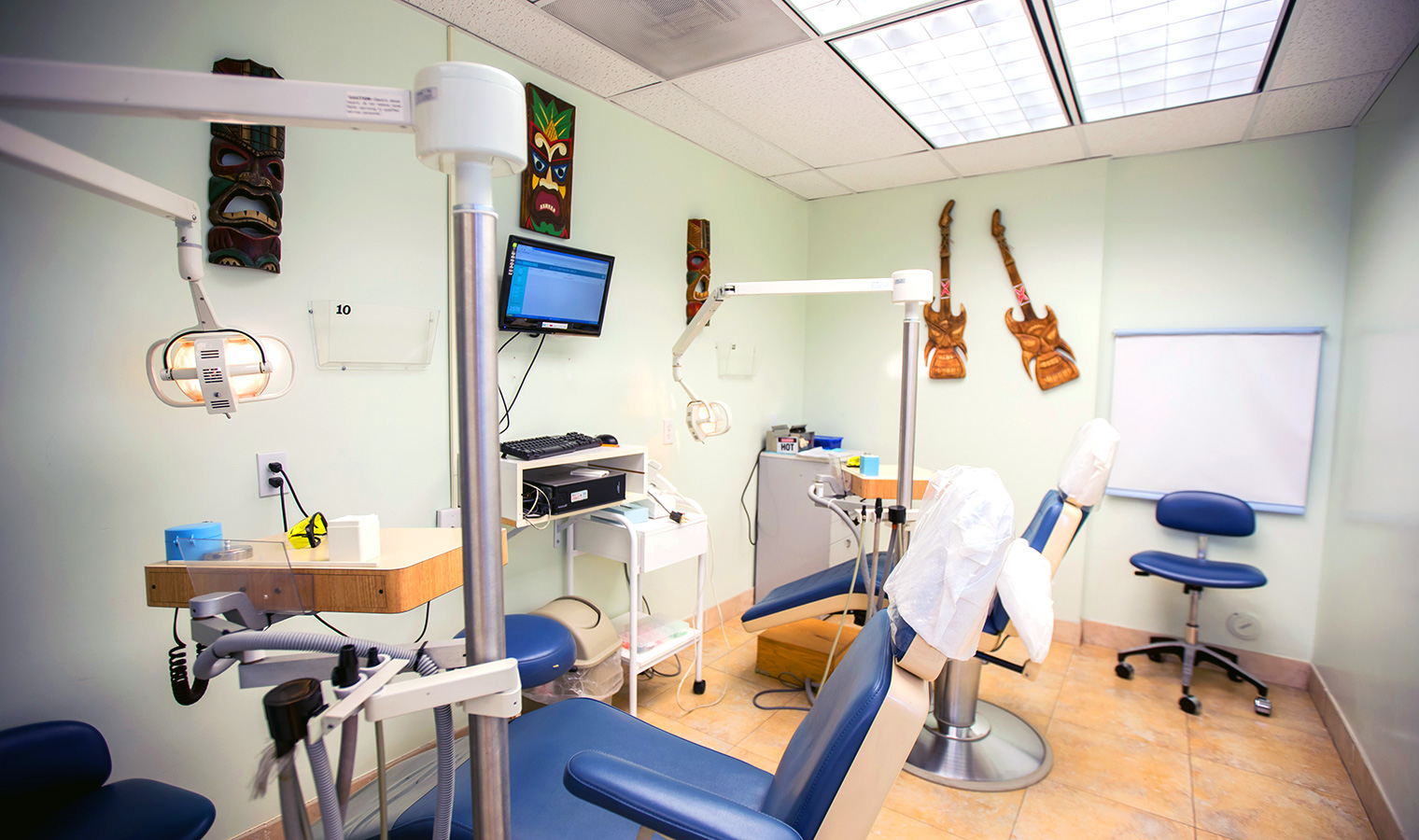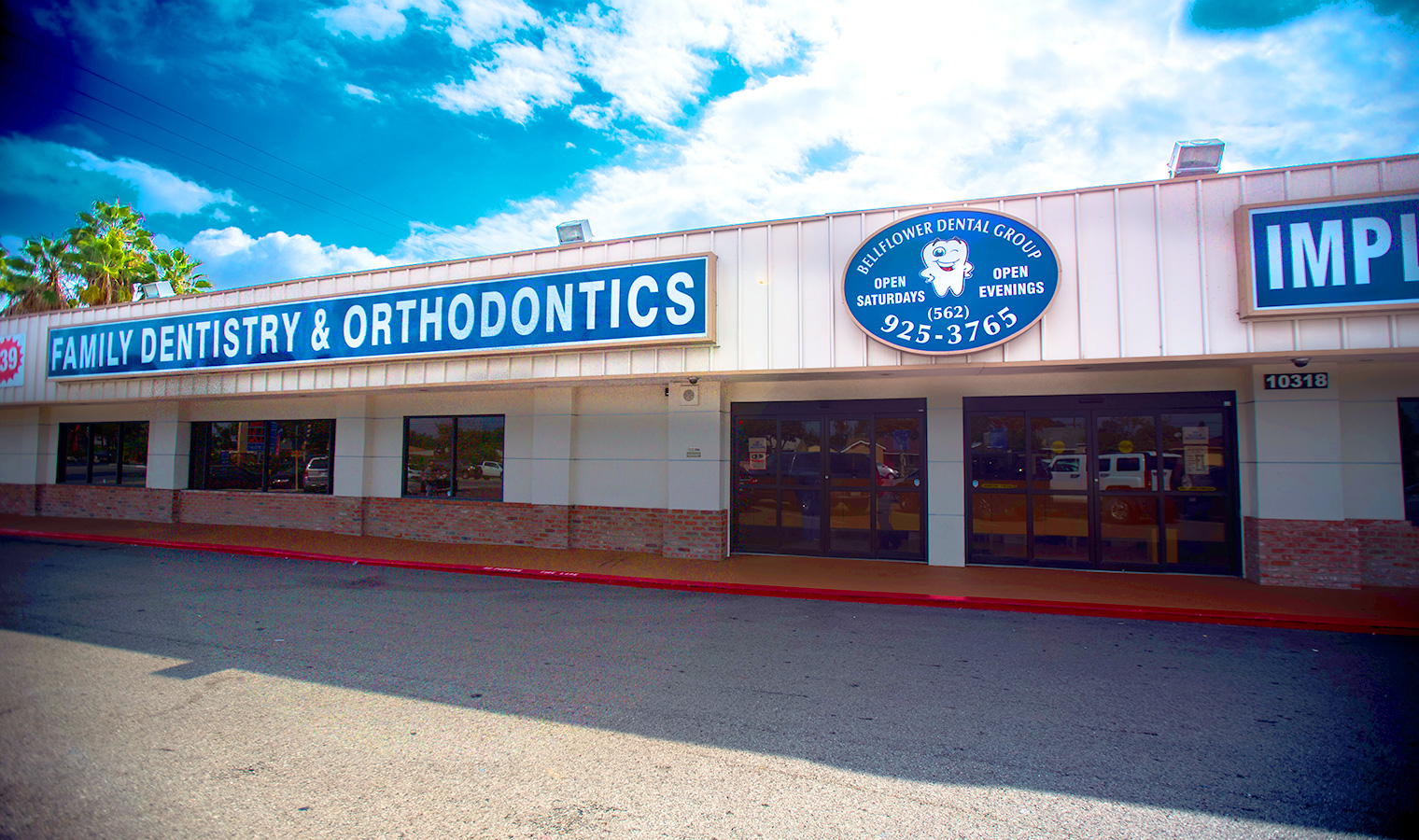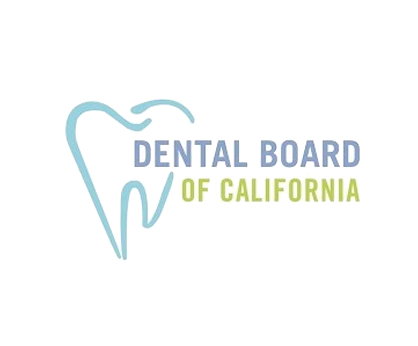A poll conducted by the American Dental Association found that 33% of young people felt uncomfortable smiling because of the state of their teeth and mouth. Another 23% of individuals had reduced the amount of time they spend participating in social activities because they are self-conscious about how they smile.
Cosmetic dentistry is a field that focuses on improving the appearance of teeth and smiles. Today’s cosmetic dentistry may enhance your smile if your teeth are damaged, discolored, worn, chipped, broken, misaligned, or malformed. According to the American Dental Association, whitening the teeth, getting porcelain veneers, and performing other elective dental operations fall within the category of cosmetic dentistry. Let’s look at some more specifics to grasp the situation better.
What Exactly Is Cosmetic Dentistry?
The American Dental Association has not provided a precise definition for the practice of cosmetic dentistry. Dentists, on the other hand, describe it as the branch of dentistry that helps a patient feel better about themselves and their smiles. The goal of cosmetic dentistry is always to brighten your teeth to enhance the look of your smile. It focuses on repairing teeth that are damaged, chipped, cracked, deformed, worn, and discolored. Additionally, it closes any dental gaps that may exist. For several reasons, both aesthetically and in connection to one’s general health, it is necessary to have a beautiful smile and teeth that are robust.
Types Of Cosmetic Dentistry
Dental veneers, teeth whitening, dental crowns, orthodontic treatments, dental implants, inlays and onlays, as well as gum contouring are cosmetic dentistry procedures. All of these dental procedures, including dentures, are also considered to be restorative. Let’s take a closer look at these procedures.
Teeth Whitening: Sometimes, this is also referred to as tooth bleaching. The method could whiten your teeth and improve your smile. It will eliminate stains caused by consuming dark beverages such as coffee over time or smoking. This operation is performed in a dentist’s facility, but you can also obtain home kits to do it at home. Not everyone’s teeth are appropriate for whitening, so consult with your dentist first. Whitening can only lighten your original teeth, so if you have caps, veneers, or other dental treatments, they may turn out to be a different color than your natural teeth after being whitened.
Dental Veneers: Veneers are very thin “shells” that may be created out of porcelain or composite material. They are fabricated in a laboratory to provide a precise fit in your mouth and with your natural teeth. They are glued to the surface of the teeth in front of your mouth, giving you a beautiful smile. They may assist teeth that are misaligned, teeth that are discolored, or difficulties with the space between teeth. For veneers to fit correctly, your teeth will need to be filed down, and veneers do not stay forever. It is a decision that cannot be reversed, and if you decide to have veneers, you will need to keep receiving them for the rest of your life to maintain their appearance.
Dental Implants: A dental implant is a replacement for a lost tooth that consists of a rod made of metal. A replica tooth is attached to the crown of the implant to clone the appearance and function of the missing tooth. The substituted tooth roots are made of titanium that is permanently implanted into the bone socket where a lost tooth used to be. As the jawbone heals, new bone forms around the implanted metal post. They provide the same function as the natural tooth root. If a person is missing a tooth, the bone that supports it might deteriorate with time; thus, it is ideal to have an implant placed as soon as possible before it is too late.
Dental Crowns: A dental crown, often known as a cap, fits over and replaces the whole decaying or broken tooth above the gum line, restoring the tooth’s form, size, strength, and look. Crowns are used to prevent a weak tooth from shattering or to hold a broken tooth together; they may also be used aesthetically to conceal malformed teeth, excessively discolored teeth, or teeth that have undergone root canal surgery or massive fillings. They are also manufactured to suit the tooth to which they are attached as well as the neighboring teeth. Metal, porcelain-fused-to-metal, resin, or ceramic crowns are utilized.
Orthodontic Treatments: Orthodontic treatments, including braces and clear aligners, are also cosmetic. This is because the majority of individuals who get braces or transparent aligners like Invisalign do so to enhance their looks. Braces or clear aligners are medically essential in certain circumstances. Both devices apply pressure to your teeth, gradually moving them into the proper locations. Children and teenagers are more likely to have conventional metal braces, but adults are more likely to receive transparent braces or aligners since they are less apparent.
Gum Contouring: Another cosmetic dentistry technique that alters the appearance of a person’s smile is called gum contouring. During the operation, the dentist will remove any extra gum tissue that may be contributing to the appearance of a “gummy” smile. A person is said to have a gummy grin if they have an excessive amount of gum tissue over their upper teeth. Additionally, contouring may be utilized to repair exposed teeth that have occurred as a result of gum tissue receding.
Inlays and Onlays: It is commonly known as indirect fillings, which are dental restorations comprised of gold, porcelain, or composite materials that replace decaying or broken teeth. Inlays and onlays are manufactured in a dental laboratory and glued into place by your dentist, while dental fillings are molded into place during an office visit. When the material is bonded inside the center of a tooth, the filling is termed an “Inlay,” and when the filling encompasses one or more points of the tooth or covers the biting surface, it is called an “Onlay.” Inlays and onlays are alternatives to crowns that maintain as many good teeth as feasible.
Frequently Asked Questions
We have the answers to your questions about cosmetic dentistry.
How Do Veneers Work?
Dental veneers are very thin shell coatings that are put directly over teeth in the front of the mouth. Veneers work by covering the natural teeth with a wafer-thin layer of porcelain, a comparable composite material, or composite resin. They are applied by cutting 0.3 to 0.5 millimeters off the surface of the tooth to maintain the nerve and retain the tooth at full strength, guaranteeing that your veneers will survive for a long time and that there will be little to no difficulties replacing them if required in the future.
What Is Cosmetic Teeth Whitening?
Cosmetic teeth whitening is a straightforward and painless dental procedure that lightens the natural color of tooth enamel. Whitening your teeth is an excellent approach to improving the overall appearance of your smile. Whitening the teeth is most successful for those who have yellow teeth, whereas it has less of an impact on persons whose teeth are brown. Bleaching your teeth is likely to be completely ineffective if they are already a gray or black color. Before using a tooth whitening kit available over-the-counter, you should consult with your dentist to determine if or if not the process of teeth whitening is worth your time and money.
Do Clear Aligners Work?
Clear aligners are an efficient approach to straightening teeth, and in many situations, they perform just as well as conventional braces. Clear aligners may sometimes give quicker therapy than braces because of the exact amount of tension these plastic trays apply to teeth. Clear aligners may not be suitable for everyone. These aligners are most effective for teenagers and adults with crowded teeth or mild to severe misalignment.
Conclusion
A “smile makeover” involves one or more cosmetic dental operations to enhance the look of your smile. Cosmetic dentistry seeks to enhance the look of teeth that are visible when you smile or speak. If you’ve ever been self-conscious about your smile, it’s time to make an appointment with our dentist and take advantage of current cosmetic dentistry.
Cosmetic dentists collaborate with you to create a treatment plan. This professional dental care procedure focuses on the look of your mouth, teeth, gums, and smile. Cosmetic dentistry is gaining popularity, with the industry as a whole expected to reach $32 billion by 2026. Although cosmetic treatment is not required, it may help you feel more confident about your smile. Just visit your dentist to know which cosmetic dentistry method is suitable for your teeth.























